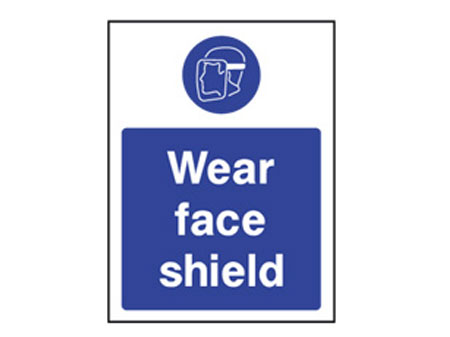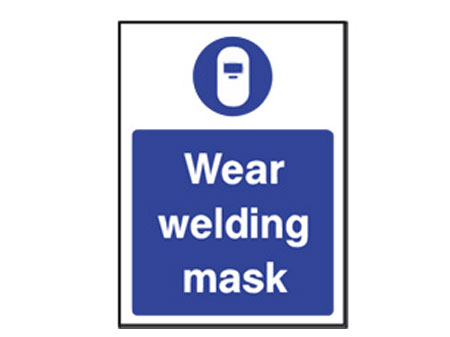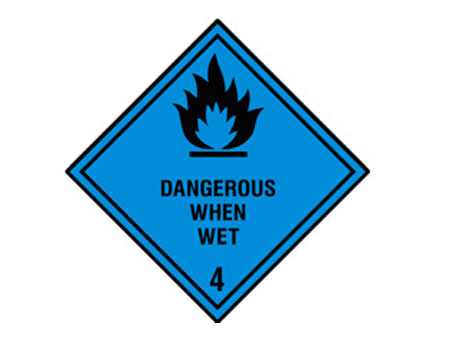Do I need consent for my advertising sign? Part Two
Figuring out whether you need consent to display your advertising sign isn’t easy. In part one of this post we looked at the general rules you need to follow to display most sorts of outdoor sign, and the eight different categories of outdoor sign that don’t require consent. In this part, we’ll look at the idea of ‘deemed consent’.
However, before we get stuck in, we’ll repeat our previous advice: a short blog post like this can only point you in the right direction. To get all the details you need, we recommend that you consult:
- the official government guidelines
- your local council (for example, Wiltshire council)
- a knowledgeable signmaker.
Outdoor advertisements and signs: a guide for advertisers (PDF)
What is ‘deemed consent’? And do you have it?
Certain classes of advertisment are granted what’s known as ‘deemed consent’. If your advertisement is in one of these classes, this means that you automatically have consent to display it provided that you stick to the rules for that particular class. Follow the regulations and you don’t need any further consent from the planning authorities.
The exception to this is if you are planning to display a sign within an Area of Special Control of Advertisement. If you’re at all uncertain, pick up the phone and talk to your planning authorities.
There are sixteen (yes, really!) categories of advertisement that carry deemed consent. There are too many guidelines to list them all, so instead we’ll list all of the classes together with a page reference for the government document. That should save you some scrolling at least!
Class 1: ‘functional advertisements’ by public bodies
Public bodies include government departments and local authorities, public utilities and public transport operators. These signs give information or directions about services provided. Examples include bus or rail timetables, displays of bye-laws and warning signs at sub-stations. Guidelines on p1o of the document.
Class 2: miscellaneous advertisements on any premises
Class 2 is the kitchen sink category covering many small signs that relate to the buildng/premises they are displayed on. There are three sub-categories:
2(A): notices or signs to be displayed on buildings or land for identification, direction or warning. These include street number/name on a house, ‘shut the gate’, ‘beware of the dog’, and private ‘no parking’ signs. Guidelines on p 11.
2(B): notices or signs on a premises advertising that someone (e.g. a person, a company) is carrying on their profession, business or trade within. For example, brass plates outside doctors’ surgeries, company name plates, etc. Guidelines on p12.
2(C): notices or signs relating to religious, educational, cultural, recreational, medical or similar institutions; hotel, inn or public house, block of flats, club, boarding-house or hostels. Guidelines on p13-14.
Class 3: Temporary Advertisements
Class 3 covers notices and signs used to publicise a forthcoming event, or informing people that a site is going to be used temporarily for a particular function. There are six sub-classes:
3(A): for sale/let boards for estate agents, chartered surveyors, auctioneers and valuers. See p14.
3(B): advertisements for a sale of goods or livestock on land or premises which are not
normally used for commercial purposes. For example, an auction sale of house-contents (displayed on the house) or a sale of livestock on farm premises. See p14.
3(C):adverts by building, engineering or construction companies on the site where they’re working. See p15.
3(D): adverts for local charitable events, such as sponsored marathons for charity, church bazaars and so on. See p16.
3(E): temporary notices or signs advertising that a demonstration of agricultural methods or processes is taking place on the land where they are being displayed. See p16.
3(F): temporary notices or signs announcing the visit of a travelling circus or fair. See p16
Class 4: Illuminated adverts
Covering signs with illuminated letters, characters etc against an unilluminated background or those lit with a halo. See p16-18
Class 5: advertisements on business premises
Notices, signs and advertisements for any commercial services, goods for sale etc available at that premises. ”Premises’ include office buildings, banks, shops, supermarkets, cinemas, vehicle showrooms and garages, factories, restaurants and cafes. Note that the class only covers signs that advertise the services actually taking part on those premises. See p18-19.
Class 6: advertisements on forecourts of business premises
Covers additional advertising of the type in Class 5 above, but displayed on a forecourt. Examples include enclosed areas in front of a newsagents or tobacconist’s shop; within petrol filling stations, on restaurant or cafe terraces. It doesn’t include pavements in front of premises. See p20.
Class 7: flag advertisements
This Class permits some flag advertisements, such as those at housebuilding sites (where some houses remain unsold) See p21.
Class 8: advertisements on hoardings around temporary construction sites
This class covers poster-hoardings used to screen building or construction sites while the work is being carried out. See p22.
Class 9: advertisements displayed on purpose-designed highway structures
Covers ‘four-sheet’ poster-panels that are displayed on structures or objects placed on highway land with the local council’s approval e.g. on bus shelters and information kiosks. See p23.
Class 10: properly authorised signs for approved Neighbourhood Watch and similar schemes
Covers outdoor signs for a closed circuit television surveillance scheme or Watch schemes (e.g. Neighbourhood Watch, Home Watch, Crime Watch, Farm Watch) displayed on or near highways. See p23.
Class 11: directional advertisements
Temporary directional signs for housebuilding firms informing potential housebuyers and other visitors how to reach a site where new residential development is taking place. See p24.
Class 12: advertisements displayed inside buildings
This applies to signs that are illuminated (e.g. a chemist’s shop sign); the building is mainly used to display advertisements; or the advertisement is within one metre of any window or other external opening through which it can be seen from outside the building. See p25.
Class 13: advertisements on sites used for the preceding ten years for
displaying advertisements
In essence, there’s deemed consent if the space has been used for advertising for the last ten years. See p25.
Class 14: advertisements displayed after the expiry of express consent
Class 14 permits the continued display of advertisements for which the permitted period of express consent (usually five years) has expired and for which the planning authority has not forbidden any further display of that advertisement, or refused an application for its renewed display. See p25.
Class 15: Captive balloons advertisements
In other words a tethered balloon. See p25.
Class 16: advertisements on telephone kiosks
The last one is self-explanatory, we think. See p25.
Final thoughts
As you can see, there are actually a huge range of advertising signs that you don’t need planning authority consent for. All you have to do is to stick to the individual regulations. Those regulations are often specific, but not unreasonable, and are set out in the government guidance referenced above. Don’t forget to adhere to the main principles for advertising signs!
For more information and enquiries about almost any kind of sign, please get in touch.
Comments
Archives
- June 2020 (2)
- May 2020 (1)
- April 2020 (1)
- March 2020 (1)
- February 2020 (1)
- January 2020 (1)
- December 2019 (1)
- November 2019 (1)
- October 2019 (1)
- September 2019 (1)
- August 2019 (3)
- July 2019 (1)
- June 2019 (1)
- May 2019 (1)
- April 2019 (1)
- March 2019 (1)
- February 2019 (1)
- January 2019 (1)
- December 2018 (1)
- November 2018 (1)
- October 2018 (1)
- September 2018 (1)
- August 2018 (1)
- July 2018 (1)
- June 2018 (1)
- May 2018 (1)
- April 2018 (1)
- March 2018 (1)
- February 2018 (1)
- January 2018 (1)
- December 2017 (1)
- November 2017 (1)
- October 2017 (1)
- September 2017 (1)
- August 2017 (1)
- July 2017 (1)
- June 2017 (2)
- April 2017 (1)
- March 2017 (1)
- February 2017 (1)
- January 2017 (1)
- December 2016 (1)
- November 2016 (1)
- October 2016 (1)
- September 2016 (1)
- August 2016 (1)
- September 2015 (1)
- February 2015 (1)
- December 2014 (2)
- August 2014 (3)
- July 2014 (1)
- January 2014 (1)
- December 2013 (4)






Comments are closed.